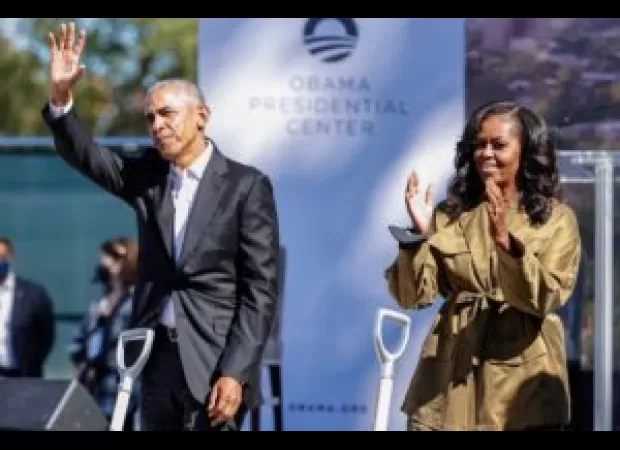Creating economic self-sufficiency through investing in Black businesses.
Lack of funds has hindered Black community revitalization efforts.

Lack of funds has hindered Black community revitalization efforts.
2 Views


